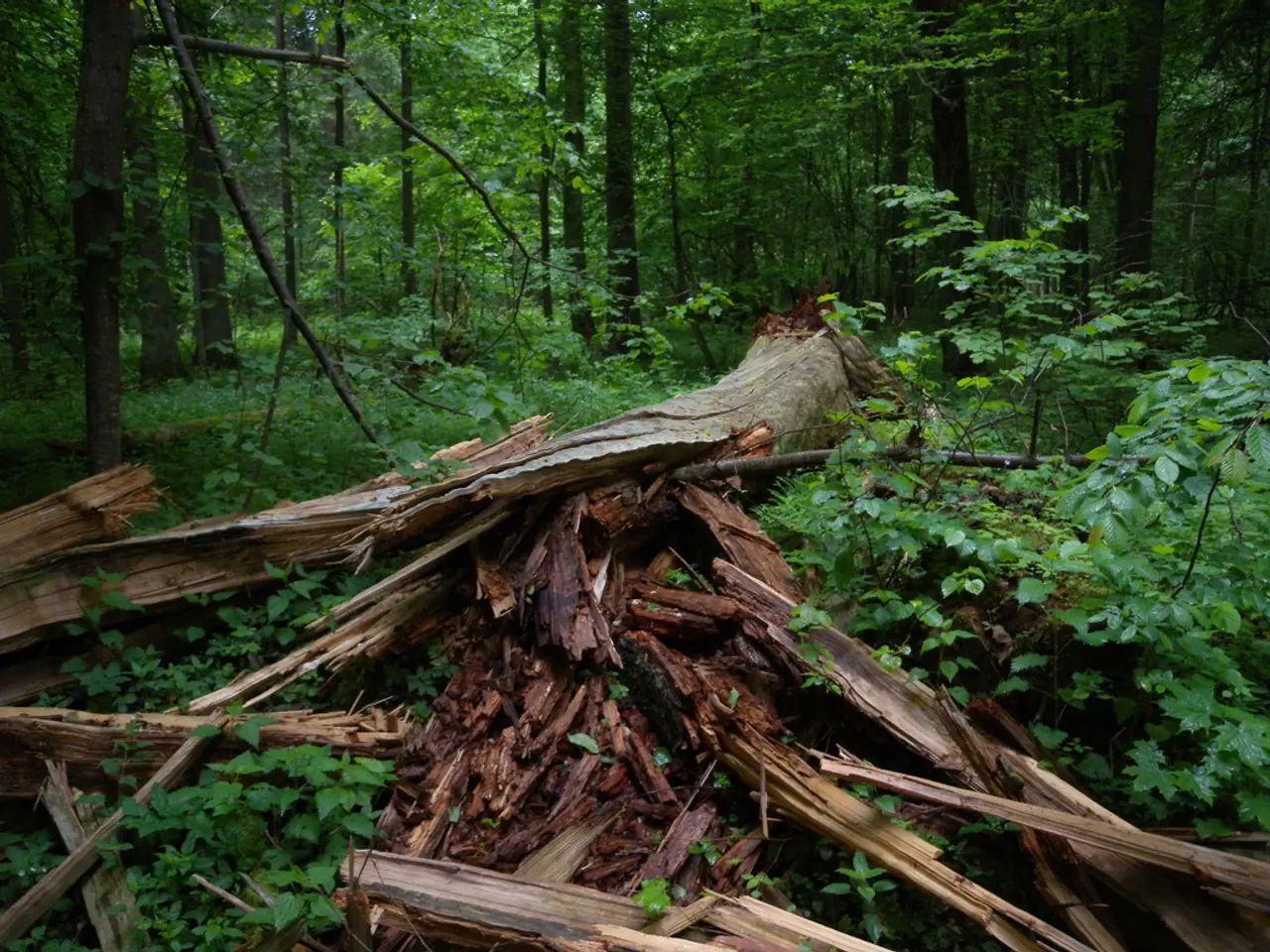Methods for Eliminating Pill Bugs (Woodlice)
In the vast and diverse world of British wildlife, one small creature plays a significant role in maintaining the health of gardens across the country. These are the woodlice, around 30 species of which can be found in the UK.
Woodlice, measuring approximately 15mm long, are easily recognisable by their outer shell or exoskeleton. These terrestrial crustaceans, more closely related to crabs, are beneficial to a garden's ecosystem, aiding decomposition and nutrient recycling in the soil. They serve as food for various wildlife species, supporting biodiversity.
However, it's important to note that some species might occasionally feed on soft plants or ripening fruits like strawberries, but this is not common enough to consider them major pests. In fact, it's normal to have lots of woodlice in the garden, as they are usually found in damp areas such as under containers, in compost heaps, or beneath piles of plant debris.
To manage woodlice outdoors, removing or reducing their preferred damp habitats can help reduce their populations. This includes piles of decaying leaves, compost heaps, logs, rocks, or containers. Keeping mulch, firewood, and debris away from the bases of buildings can also limit their proximity to indoor spaces.
Indoors, woodlice enter mainly searching for moisture and are not harmful or structurally damaging. To manage indoor populations, addressing dampness and moisture issues is crucial. Removing woodlice physically using vacuum cleaners can also help. Sealing entry points using weatherstripping and door sweeps can further minimise their presence. Replacing mulch and similar materials that touch the home's foundation can also reduce infestations.
For a more natural approach, woodlouse hunter spiders, predators of woodlice, sometimes enter homes and can be safely captured and released outside to help control woodlice populations.
In summary, woodlice support garden health and biodiversity, so outdoor control mainly involves habitat management. Indoors, reducing dampness and sealing entry points help minimise their presence without harmful pesticides. It's worth noting that there's no need to control woodlice in the garden as they are not a pest. Instead, they are beneficial to have in the garden, as they feed on decaying plant matter and do not cause damage to plants.
You may also notice their excrement on rotten wood, which is small black and brown pellets known as frass. This is a sign that woodlice are present and active in your garden, contributing to its health and supporting the local wildlife.
Woodlice, finding abundance in gardens due to their preference for damp areas, contribute significantly to the decomposition and nutrient recycling in the soil, making them beneficial for a home-and-garden lifestyle that promotes sustainable gardening practices. These crustaceans, easily recognisable by their exoskeleton, play a role in supporting biodiversity by serving as food for various wildlife species.





